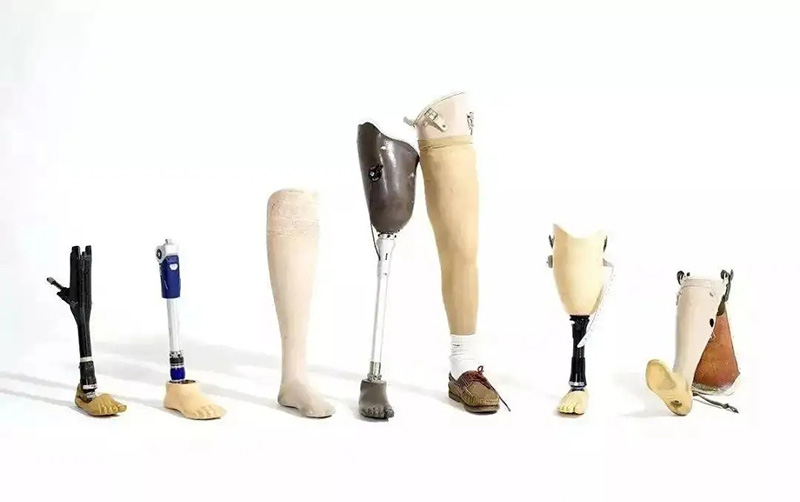How to maintain prosthesis?
Maintenance after the prosthesis is installed mainly includes:
(1) The receiving cavity part.
One is to keep the inner surface of the receiving cavity clean. Wash or wipe the socket and inner liner with light soapy water or warm water, and let it dry naturally; wash and replace the stockings of the stump every day to keep it clean and prevent skin infection.
The second is to pay attention to the generation of cracks. If it is found that small cracks or cracks appear on the surface of the receiving cavity, it is necessary to seek professional repairs in time to avoid damage to the skin.
(2) The part outside the receiving cavity.
One is the parts. Looseness and abnormal sound of the prosthesis indicate that the parts are damaged and should be repaired or replaced in time to avoid injury.
The second is the outer decorative soft cover. The outer decorative soft cover of the lower limb prosthesis, especially the front of the knee joint, is more likely to be damaged, and attention should be paid to maintenance to avoid scratching.
The third is the decorative upper limb prosthesis. Be careful to avoid contact with oil stains, especially oily colored pens; often use neutral detergent or warm water to clean, and the attached dirt should be cleaned immediately.
Fourth, EMG and electric upper limb prostheses should always check the electrodes or switches to avoid contamination; keep them dry to avoid the entry of water and humid air, which will affect the normal use effect.
Daily care of residual limbs
1. Keep the residual limb clean every day and check the changes of the residual limb at any time.
2. Check the skin of the residual limb in contact with the receiving cavity or arm tube every day. If there is any abnormality, seek medical attention in time, or contact the prosthetic limb company. for timely and proper resolution.
Additional resources:Exploring the Evolution and Functionality of Prosthetic Feet
Exploring the Benefits of Natural Plant Capsules for Dietary Supplements
What are the Types of Veterinary Syringes?
What are disposable isolation gowns?
How to Effectively Use Empty Gelatine Capsules for Your Needs?
What are Benefits of Orthotic Ankle Joints?
What is An Air Louver?
3. During the prosthetic rehabilitation treatment, remind you that it is best not to wear or less prosthetics until recovery, to avoid aggravating infection and other unexpected occurrences.
A few suggestions
1. Pay attention to the height of the heel when wearing a prosthesis to replace shoes. Those who are new to wear should not wear flat shoes, and try to wear travel shoes and casual shoes. When changing shoes, the heel height should not exceed plus or minus 0.3cm – 0.5cm when the prosthesis was initially installed. Or contact a prosthetic company.
2. In order to make the prosthesis comfortable to wear, each wearer should pay attention to keeping the weight plus or minus 3 kg.
3. Patients with pathological amputation or special skin (such as skin grafting, skin adhesion, etc.) should obey the technician’s instructions when wearing a prosthesis.
4. When the seasons change, attention should be paid to the changes of the skin, which are prone to skin wrinkling, dryness and other phenomena, and should pay attention to emollient and protection.
More details please visit: www.best-prosthetic.com

Why Use Disposable Gowns In The Hospital?
How to Incorporate Slimming Detox Oral Liquid into Your Routine?
How to Choose the Right Lower Limb Prosthesis for Your Specific Needs?
Are Liquid Vitamins Better Than Pills?
The Benefits of Aluminum in Veterinary Needles
Where to buy shoes when your feet are two different sizes – Ability Hacker




